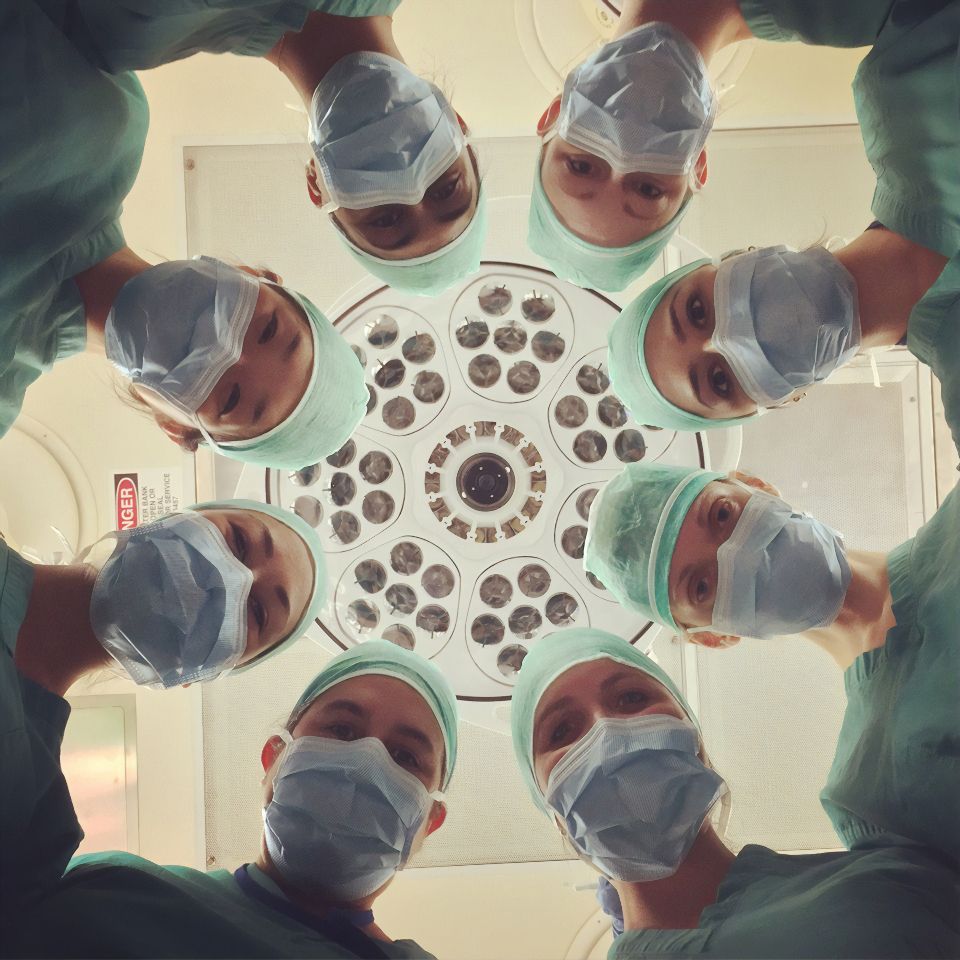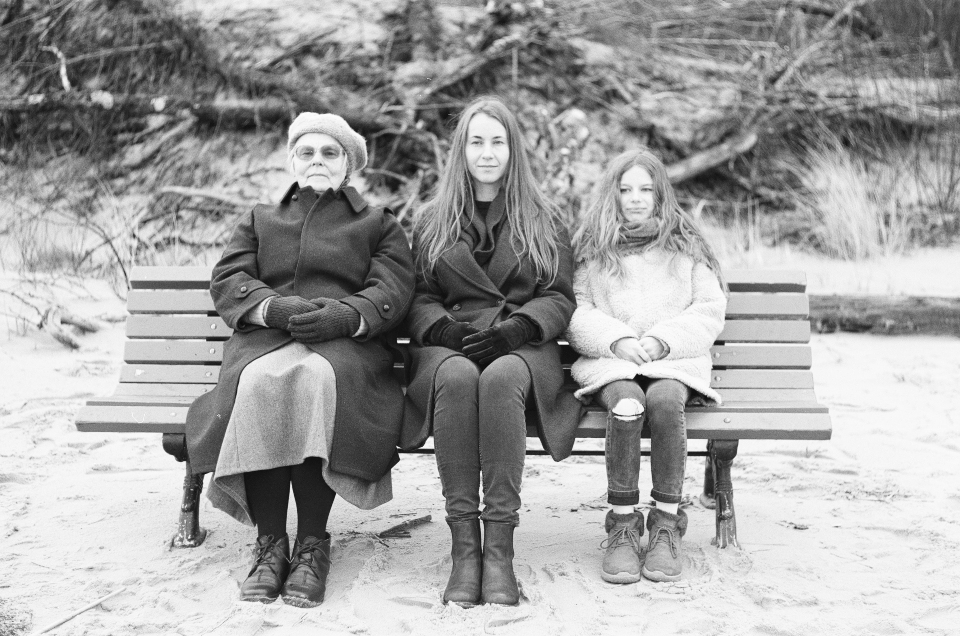The treatment gap is the space between when patients begin to have joint pain but aren’t yet ready for a total joint replacement. This is where regenerative medicine truly shines. It is in this treatment gap that patients can experience profound pain relief and potentially even eliminate the need for joint replacement through the use of prolotherapy, platelet-rich plasma, and/or autologous adipose tissue grafts.
Many major surgeries have been put on hold due to the COVID-19 pandemic. The number of patients in the treatment gap has increased. Utilizing effective pain relief strategies has become ever more important. Patients are living with discomfort for an undetermined length of time when there are viable options that can reduce their pain now, and for many, replace or delay the need for surgery.
“I was told to wait for as long as I could stand it before getting a total joint replacement. The cortisone shots helped only for a few weeks. Physical therapy helped initially then began to make my knees worse. The medication makes my pain just barely tolerable but it makes me feel wonkie.”

Sound familiar? This is the most common refrain we hear from patients here at Oregon Regenerative Medicine when asked about the options they’ve been given before seeing us.
COVID-19 widens the treatment gap
The COVID-19 pandemic has lengthened the treatment gap and this is exactly where most of our patients are when they first come to see us. Regenerative Medicine is the therapy to bridge this gap. We always hear “more studies are needed”, but the combination of hundreds of positive existing studies and our 30+ years of clinical experience leaves little doubt as to the effectiveness of these interventions for the majority of our patients.
A stitch in time is worth nine
The most valuable guidance for potential patients and their current healthcare providers is this: DO NOT WAIT. Improvements in osteoarthritis will be more significant and will last longer if addressed earlier in the disease course. We often see patients with Grade 4 osteoarthritis who have waited until they have a surgery scheduled to see if we can help them– and often we can help. But there is no doubt that the same person would’ve fared better if they’d received treatment when their osteoarthritis was Grade 3 or, even better, at Grade 2.

It can be difficult to make the decision to invest in your health when the pain is still “tolerable”. However, joints don’t heal themselves spontaneously and becoming less active is an ineffective pain management strategy.
The imperative for all of us is to stay physically active throughout the entirety of our life. Waiting in pain while you gain weight, become more sedentary, and further degrade your joints is not the only way. Fortunately, regenerative medicine can be an effective solution.
Call us at Oregon Regenerative Medicine to schedule an appointment and find out what treatments are appropriate for you.
Related Information:
It may take up to 4 months to reschedule surgeries and medical procedures



